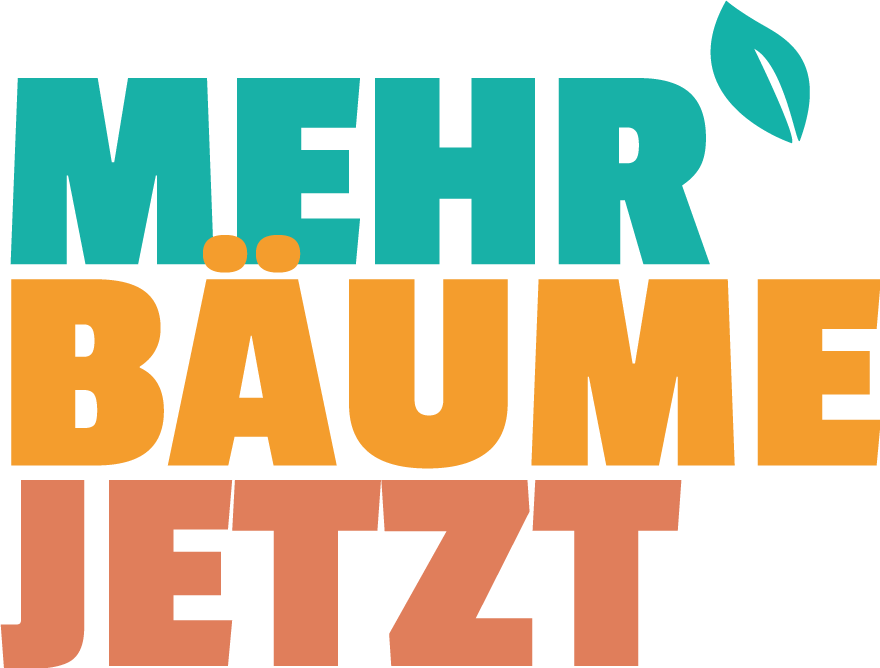The Lungs of a City
On Saturday the 25th of November 2023 a small number of oak trees were planted at Terryland Forest Park as part of a larger ‘Plantathon’ by volunteers. These saplings were sourced from Coolattin Woods in Wicklow, one of the last remnants of the great primeval forests that covered Ireland until the colonial ‘plantation’ period. During the early 1600s they were cut down to be replaced by pasture farming undertaken by settlers that arrived from England and Scotland. Coolattin oak trees were famed for their quality of wood and were used for instance in the construction of the Houses of Parliament in Westminster. The campaign to save Coolattin Woods from destruction a few decades ago led to the birth of the modern environmental movement in Ireland. The More Trees Now method today is now helping in the process of replanting Ireland’s ancient temperature rainforests.
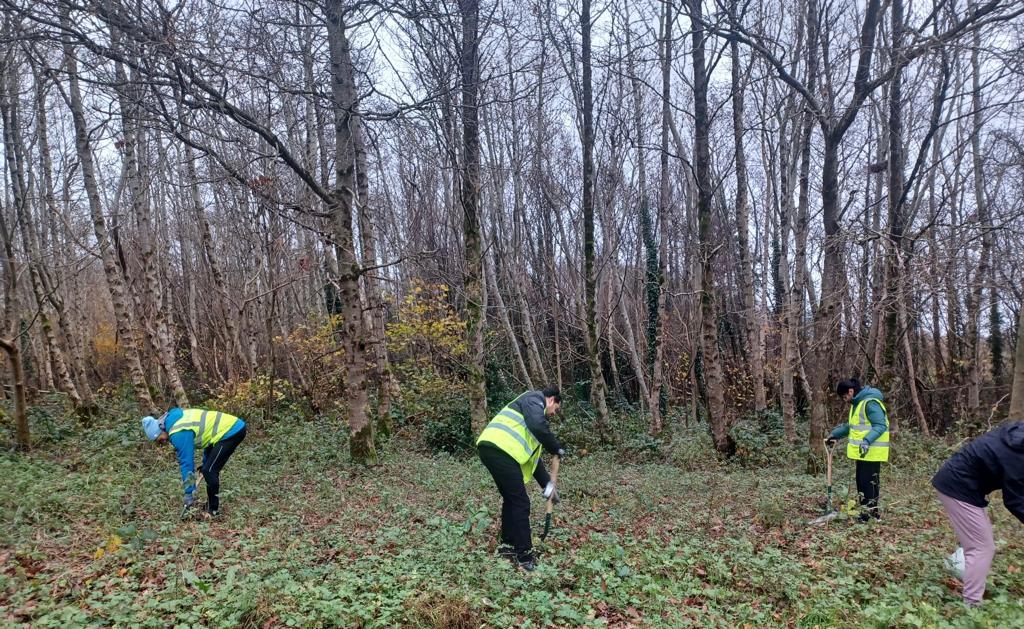
The trees in the background of this photo were planted on March 12th 2000 on the first day of Terryland Forest Park and represented the beginings of this major community-driven woodland of native Irish trees in partnership with Galway City Council. On that day 3000 volunteers came out en masse to a field in the heart of Galway city and left behind a forest. Now volunteers are harvesting the excess saplings and helping to increase tree cover across Galway city and region by donations to schools and community groups.
Terryland Forest Park
Terryland Forest Park is the culmination of local community efforts to maintain healthy green and natural spaces in the city of Galway.
As local initiator Brendan Smith says: “In 1995, which was the year of COP 1, citizen campaigners were very concerned about the phenomena of ‘urban sprawl’ in what was then labelled the fastest growing city in Europe. At the time we were witnessing concrete and tarmac, built development and roads as the city expanded. However except for the construction of sports fields primarily for males, green spaces for active and passive leisure as well as for biodiversity were not being prioritised. We proposed something radically different, namely a green area that was a People’s Park, containing a city farm but also providing a safe home in a city for biodiversity that linked into the wider countryside.
“In 1996 local campaigners lobbied City Hall to mark off a large area either side of the Terryland River as a green zone. We felt the river and its catchment should be maintained as a passive leisure area but also as a biodiversity haven, as part of a wider ecological corridor, and as a carbon sink. The local government were very supportive and appointed the city’s first superintendent of parks, as well as starting the process of buying up in the lands in what was now designated as Terryland Forest Park and officially referred to as the Lungs of the City. On the first ‘planathon’ over 3000 people of all ages and all backgrounds came to a barren field and left behind a forest. It was amazing! We have 80 hectares zoned for the park with over 50% now in public ownership. Much of it is has become woodland of approximately 100,00 native trees, but it also comprises wetlands, rock outcrops meadows and some natural pasture lands”
“I believe that placing ourselves outside of nature has lead to the major global problems we have today, namely the Climate and Biodiversity Crises. In Terryland Forest Park we are constantly seeking to improve its ecosystems, we involve an array of different stakeholders in our activities and take new ideas onboard. For instance the idea of ‘ecological corridors’ was inspired by what was happening in southern Africa in the 1990s with the protection of elephant trails across national borders. We are currently looking at the possibility of green bridges to connect the separate sections that are split by roads learning from a similar concept pioneered in the Netherlands. And now, thanks to More Trees Now, we’re looking at our forest in a new way: as a nursery of home-grown saplings! So we have started to harvest seeds and saplings for city schools and neighbourhoods which has proven immensely popular. We feel all the things we’re trying here could be template for the rest of Ireland.”
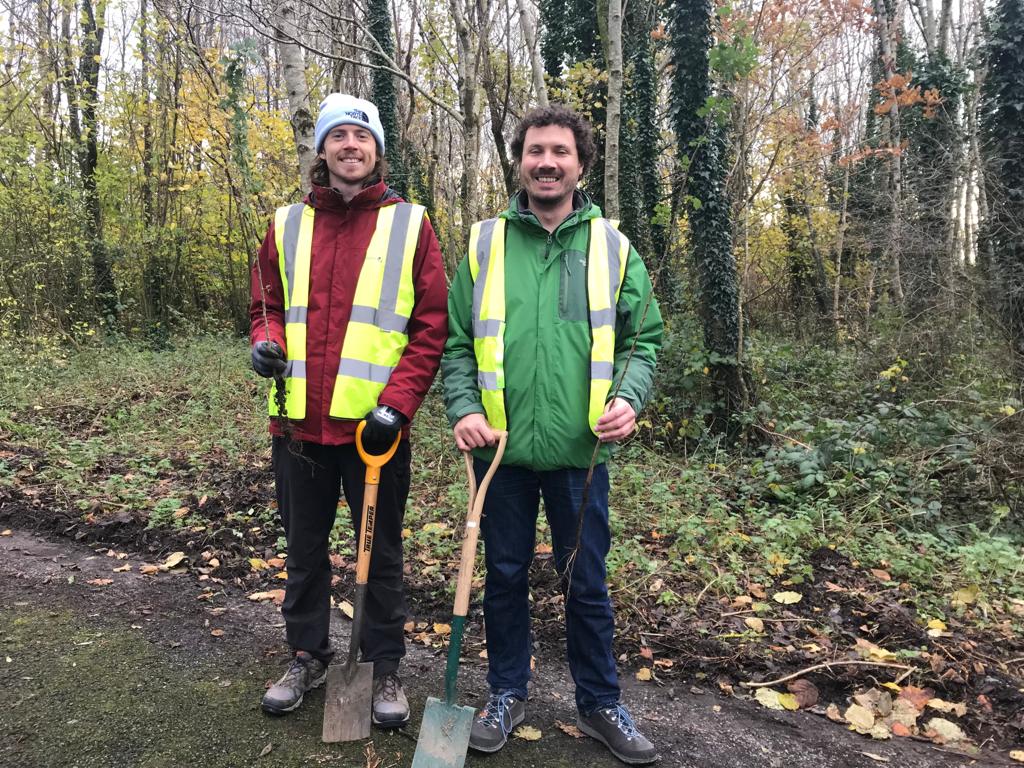
TUATHA
The volunteers in Terryland Forest Park are referred to as TUATHA, an Irish word that means both a place and the people of that place. It symbolises the awareness that the indigenous Celts of Ireland had of the deep affinity between local human populations and the natural world.
The More Trees Now initiative is presenting volunteering opportunities for companies as well as schools to get involved through regular sapling rescues events as well as hopefully soon in installing an onsite nursery. Volunteers have also developed a network of educational and artistic heritage trails, based on themes such as extinction, endangered species, and nature in Irish mythology. These volunteers include students from the neighbouring University of Galway who take part under the Just Three initiative where they are encouraged to spend a minimum of three hours volunteerism in Terryland Forest Park.”
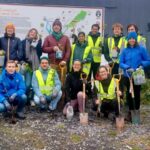
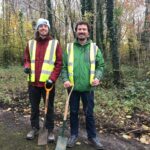
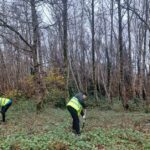
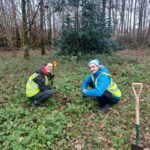
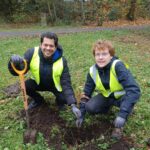
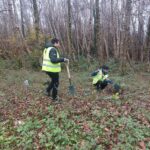
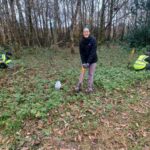
More Trees Now
Every mature tree can create hundreds of saplings a year. The majority of these saplings will not reach adulthood. They either disappear naturally due to competition, but quite often they are removed in routine landscape and forest management. They grow for example in roadside garages, on vacant land, in bogs and hedgerows, on hiking paths, or they are thinned due to a lack of diversity of tree species in the area. This “Nature’s Nursery” is a source of diverse, ecological, free and indigenous trees. By transplanting these saplings – with the permission of the landowner of course – one can restore ecosystems and create forests and green areas elsewhere. More Trees Now is an initiative based on Meer Bomen Nu, a Dutch initiative which has inspired a mass volunteering movement that has transplanted over 1.4 million saplings in three winters in the most densely populated country in Europe. They have created an online tool which allows for a decentralized organisation where anyone can organize events and register and track saplings from their old to their new destination. The aim is to make tree planting accessible and free for all who are concerned about biodiversity loss and deforestation.

